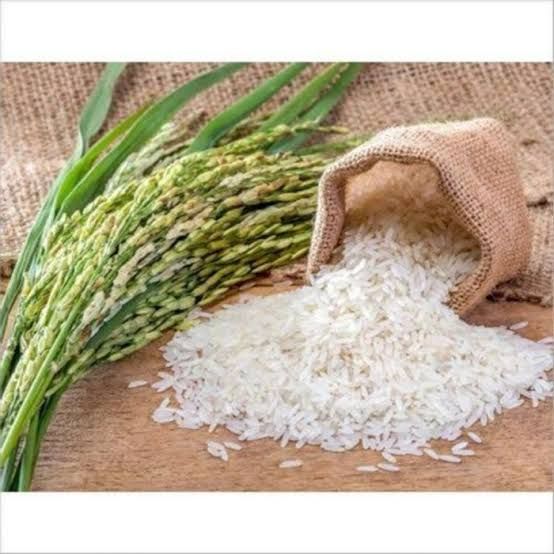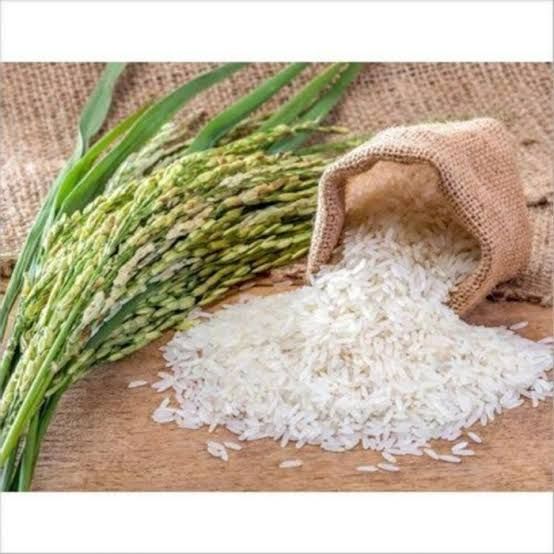
New Delhi, June 17, 2025 — India has officially surpassed China to become the world’s largest rice producer, clocking a record 149 million tonnes in the 2024–25 crop year — a remarkable 25% increase over 2019–20.
Fueled by aggressive cultivation and favorable procurement policies, India also exported 20 million tonnes of rice worth ₹1.05 trillion, marking a 23% year-on-year growth. However, this achievement carries significant economic and ecological implications.
⚠️ Challenges Behind the Triumph
- 🌾 Crop Diversion: Government support via Minimum Support Prices (MSP) has pushed farmers toward rice cultivation, diverting land away from pulses and oilseeds — two categories India now heavily imports.
- 💧 Water Depletion: Rice is a high water-consuming crop, using 4–5 times more water than pulses or oilseeds. In Punjab and Haryana, over 62–76% of agricultural zones are facing severe groundwater stress due to excessive paddy cultivation.
💸 Soaring Import Bills Despite Export Boom
- In FY 2024–25, India imported:
- ₹46,428 crore worth of pulses (up 49% YoY)
- ₹1.5 trillion worth of edible oils
Together, these imports totaled ₹1.9 trillion — nearly double India’s rice export earnings and 65% of its agricultural import bill.
🍽️ Nutrition Crisis in the Making
- While rice has helped address hunger by supplying calories, it now constitutes 50–70% of the average Indian diet.
- In contrast, protein-rich foods contribute only 6–9% of total energy intake, far below the recommended 14%.
- Overreliance on refined cereals like white rice is contributing to rising diet-related diseases, including diabetes and obesity.
🌱 Proposed Solutions to Restore Balance Experts and policy analysts are urging corrective actions to rebalance India’s food system:
- 🏛️ Increase MSP and procurement for pulses and oilseeds
- 🚫 Provide duty protection for edible oil processors to counter cheap imports
- 💧 Offer incentives for farmers who switch to low-water, eco-friendly crops
- 🏷️ Enforce front-of-pack food labeling to reduce consumption of ultra-processed foods
✅ Key Takeaway India's leadership in rice production is a monumental success — but it has come at a steep price: environmental degradation, weakened nutritional diversity, and a surging import bill. To build a sustainable, healthy, and self-reliant food system, India must recalibrate its agricultural priorities — focusing on diverse cropping, water conservation, and nutritional security.
Follow & Subscribe:
👉 Agri-Food Update on LinkedIn for the latest updates and insights.
🌐 Visit us at www.agri-food-update.com for more information!



